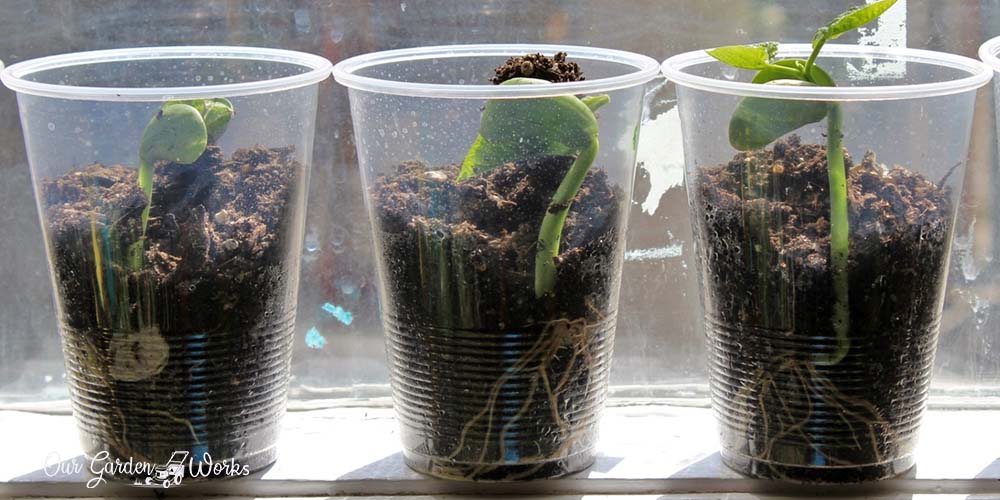Who would have thought that our little science project in sprouting plants in cups can be so useful in the later years of our lives?
Due to the pandemic, a lot of us have become more creative in terms of producing food supply. If you want to live a sustainable lifestyle, discover how to grow lima beans in a cup and grow your food indoors.
Seeing beans grow from a seed is also a good chance for you to show your kids the beauty of growing plants.
Who knows you may also encourage them to enjoy gardening with you and develop a few more green thumbs in the family.
What is a Lima Bean?
Lima bean is an inch-sized bean with a white smooth coating. It has been known for several names such as mas butter bean, sieva bean, double bean, and wax bean. It is a popular ingredient in soups as a healthy source of protein.
It is toxic when it’s raw and should be boiled first to become edible. As a plant, it loves the warm season that matures within 4 months or 12 weeks. It has several varieties but typically reaches 2 feet tall to bear seed pods. The beans ripen in the pods before you can harvest them.
To learn how to grow lima beans in a cup, you must first learn about their life cycle so you’ll know what to expect. Unlike other plants, they are quite easy to grow when given the right growing conditions.
Lifecycle of Lima Beans
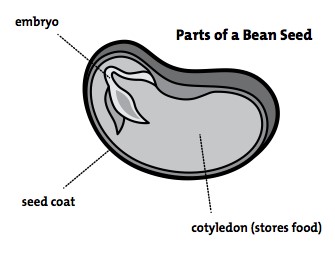
In growing lima beans, you must first select a good seed. Dried lima beans are best for food consumption and not for growing a plant.
There are also two kinds of lima beans, such as pole lima beans and bush lima beans. Bush lima beans are the ones that you can grow in a cup since they only grow for 2 feet. However, they only provide small beans.
Pole lima beans, on the other hand, reach about 10 to 12 feet high which produces large lima beans. However, due to their size, they won’t be a good option to grow in a cup and indoors.
Now that you know what type of lima beans to grow, check out the growth process of lima beans in the following order:
Seeding: Lima sprouts from its middle part between the two sides of the seed. The soil must be damp to activate the germination of your seeds.
In some cases, you can also start the germination using damp tissue or cotton instead of soil.
As soon as the seed germinates, the seed coat breaks revealing the embryo and the inner parts of the seed.
Germination: Lima beans germinate around 7 to 14 days. During this phase, the embryo breaks free from the bean coat as it develops its new roots. It will start to break above the surface of the soil. You will also notice small leaves starting to develop.
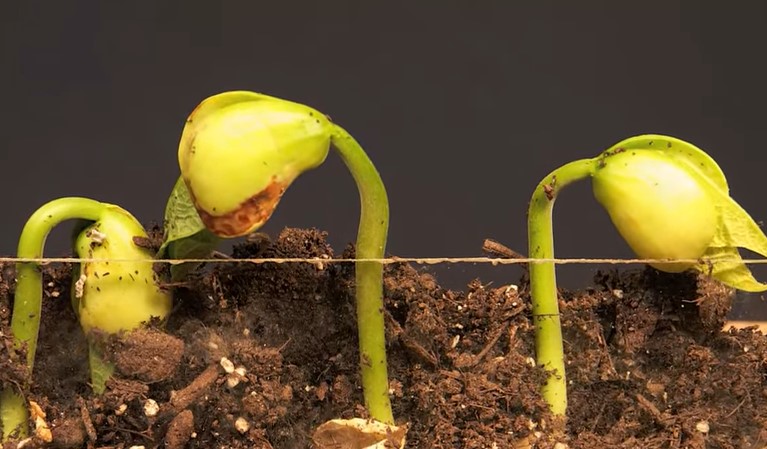
Seedling stage: Seedlings of lima bean plants will show several leaves and a sturdier stem with a new set of roots that helps anchor the plant in the soil. They can grow up to 6 inches to 24 inches when they are starting to develop new leaves and branches.
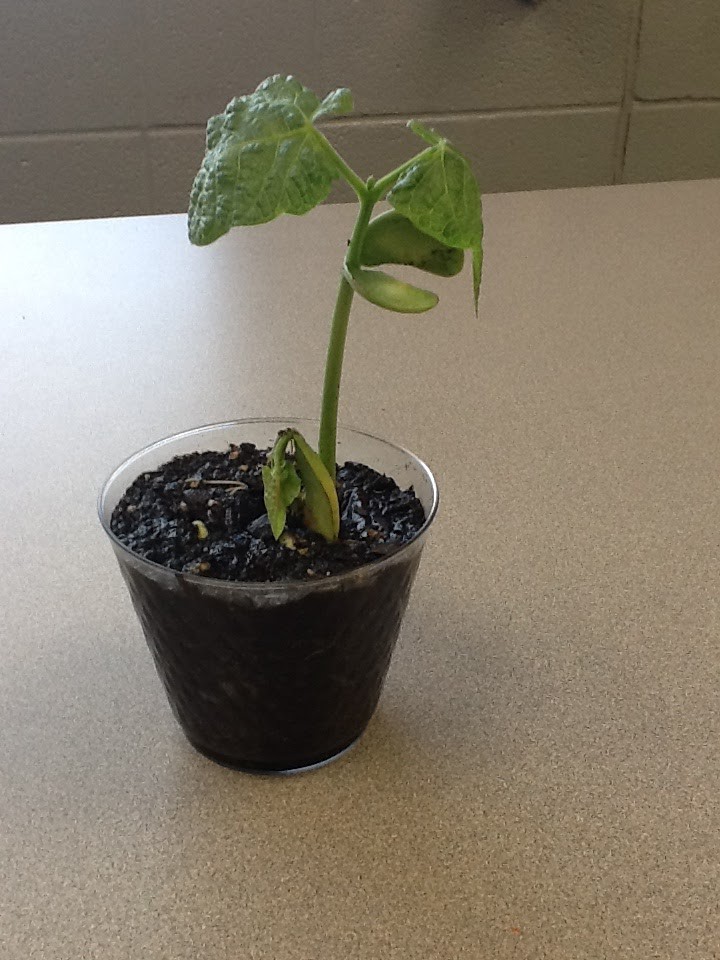
Maturity: As soon as the seedling reaches 2 feet, it can start developing seed pods.
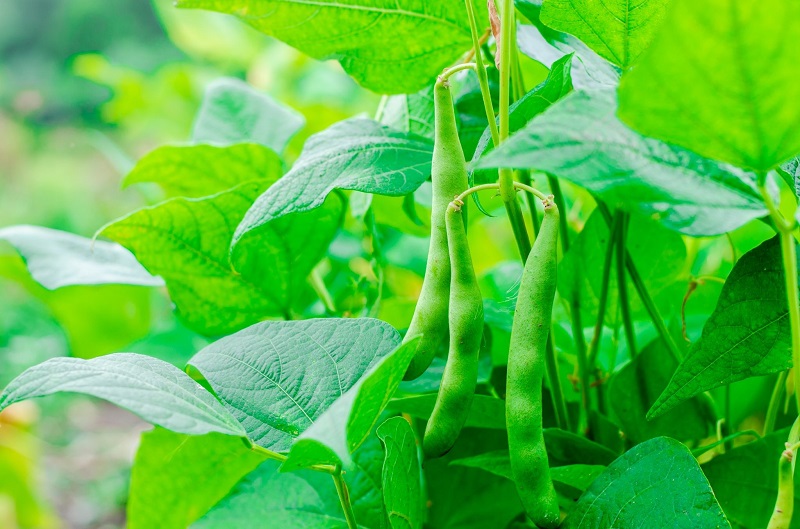
It takes around 60 to 80 days for bush lima beans to mature and 85 and 90 days for pole lima beans. When the seed pods start to become plump and firm, you can start harvesting the seeds.
How To Grow Lima Beans in a Cup?
Now, let’s head to the execution part. Let’s plant your lima beans. First, you must purchase a good seed. Here are some options for you to choose from depending on your preference and budget:
- Seed Needs, Henderson Lima Bush Bean
- Sow Right Seeds – Henderson Lima Bean Seed for Planting – Non-GMO Heirloom Packet
Growing Requirement of Lima Beans
For a successful lima bean production, it’s very crucial to know the following growing requirements:
- Soil requirements: The roots of lima beans need loose and well-drained soil with a soil pH of 6.0 to 6.8. Refrain from adding too much nitrogen to the soil to avoid ending up with a leafy plant without seed pods.
- Temperature requirements: Lima beans are warm-season plants so the soil or room temperature must be around 65°F.
- Watering requirements: Water lima beans just enough to make the soil moist and not wet. Too much moisture in the soil will make the beans crack and germinate poorly.
- Fertilization requirements: Lima beans are not heavy feeders and do not require too much nitrogen. They can benefit enough from compost and organic matter in the soil.
- Pest control: Apply preventive pest control using insecticidal soap or neem oil to get rid of aphids and other small insects.
Once you finish choosing the right lima bean seeds, let’s start growing your lima beans. First, prepare the materials you’ll need.
Materials:
- Cups
- Misting spray
- Lima beans
- Potting mix
- Shovel
Directions:
- Fill the small cups with a potting mix leaving about one inch of space on top of the cup.
- Using a stick, poke the soil 1½ to 2 inches deep. Then, place the seeds.
- Cover the holes with a potting mix and mist it with water.
- Place the cups in the window sill where the lima beans can receive 6 to 8 hours of sunlight.
- Wait for 7 to 14 days to allow your lima beans to germinate.
- Once they reach 12 inches and develop a few leaves, you may transfer the seedlings to a bigger pot, preferably 8-inch in diameter.
- Bush lima beans can grow for up to 2 feet. As they mature you will see the seed pods growing. It takes 60 to 80 days for the bush lima beans to mature.
- If the seed pods become more plump and firm, that’s the time to harvest them. Pinch them off the stems or use your pruning shears. Harvesting them early will encourage your lima bean plants to produce another batch of seed pods, resulting in more harvest in every growing season.
How To Store Your Harvested Lima Beans
You can store raw lima beans by keeping them in an airtight jar away from sunlight and moisture.
Another option is to blanch them for several minutes, place them in a ziplock container, and place them in the freezer.
This is a good option if you want to have easy-to-grab beans whenever you need to cook your favorite dishes.
Best Ways To Reinvent Palate With Lima Beans
If you’re wondering what to do with your lima beans, here are some dish suggestions that you can try at home. You can make a dipping sauce and snack using lima beans.
Here’s how:
1. Roasted Lima Beans
If you’re looking for a healthy alternative for your snacks, roasted lima beans are a delicious way to make the transition. Here are the ingredients you’ll need:

Ingredients:
- Garlic
- Salt
- Olive oil
Directions:
- Preheat the oven to 425 degrees.
- Fry the garlic in a pan until they’re crispy brown.
- Crush the garlic and mix it with salt.
- Add the lima beans to the mix and drizzle it with some olive oil.
- Bake the lima beans for 20 minutes.
- Let the beans cool down for a few minutes before transferring them to an airtight jar.
2. Lima Bean Dip
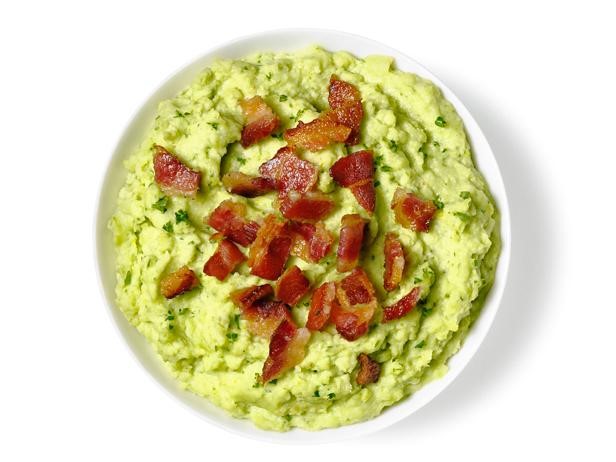
If you want a buttery twist to your usual salsa or mayonnaise dips, try a hummus-like dip using lima beans. Here are the ingredients:
Ingredients:
- 10-ounce frozen lima beans
- 2 cloves garlic
- 1/4 cup parsley
- Zest and juice of 1/2 lemon
- 1/4 cup olive oil
- 1 cup cooked and chopped bacon
Directions:
- Boil water in a pot and add the salt and chopped garlic.
- Place the lima beans and let them cook for 15 to 20 minutes.
- Drain the water and set the beans aside to cool.
- Once the beans have started to cool down, blend them with other ingredients such as garlic, parsley, lemon zest, and lemon juice.
- Then, add 1 and 1/2 teaspoon of salt and drizzle olive oil into the mix.
- Blend until you reach the consistency that you want. You may also adjust the taste based on your preferences.
- Transfer the dip to a container and top it with the bacon bits and shredded parsley.
- Dip your favorite biscuits or pita bread into the dip and enjoy its unique creamy flavor.
Frequently Asked Questions (FAQs)
How long does it take for a lima bean to sprout in a cup?
The average time for the lima bean to sprout is around 7 to 18 days. However, you can see the new sprouts popping out of the soil on days 3 to 4. However, it also depends on the amount of sunlight and moisture that they receive throughout the germination phase.
How long does it take a bean to grow in a cup?
Lima beans that are grown in a cup also have the same maturity date as the ones planted outdoors.
Bush lima beans take 60 to 80 days to mature and pole lima beans take about 85 to 90 days on average.
Will store-bought lima beans sprout?
Store-bought lima beans may not be a good option to plant since they might have undergone sterilization processes.
To make sure that the beans that you grow can produce a good yield, buy your lima bean seeds from seed companies.
Can you plant dried lima beans from the grocery store?
Dried beans are indeed used to grow new batches of lima bean plants. However, some of them may have undergone processes that may hinder good germination and produce good seed pods.
Are lima beans easy to grow?
Yes. As long as you have the right temperature indoors or outdoors and you water them daily, you will have lima bean plants flourishing in no time. They are not picky when it comes to fertilization and are not too demanding of water routines.
Can you grow lima beans indoors?
Lima beans are one of the gardeners’ favorites that can adapt to the container culture in urban gardening. Bush lima beans, in particular, do not require too much space and can grow indoors as long as they can receive sunlight 6 to 8 hours a day.
How do you dry lima beans for planting?
Two methods of drying lima beans are vine drying and sun drying. Vine drying is a process where you will leave seeds in the pods until they naturally dry on their own. You may also dry the harvested lima beans in a pan exposed under the sun for at least two weeks.
How many lima beans does a plant produce?
The yield may vary per plant since certain factors may affect the seed pod production such as temperature changes, nutrient imbalances, and pest damage. However, each plant can provide a maximum of three batches of harvest per growing season.
Final Thoughts
We hope that this post has helped us discover how to grow lima beans in a cup. They are easy to grow and best suited for the container culture in urban gardening. May you reap a lot of harvest from your lima beans and enjoy them as snacks or a good source of protein for your favorite dishes.
Growing beans in a cup also helps demonstrate the science lessons that your kids have at school. It helps them develop accountability and appreciate the wonders of nature in just a single cup.
If you find this post helpful, please don’t forget to share this post with your friends. Also, please share your kid’s experience in growing lima beans below. Enjoy gardening!
